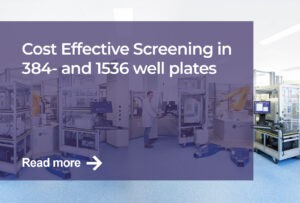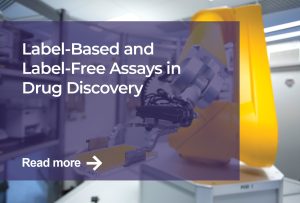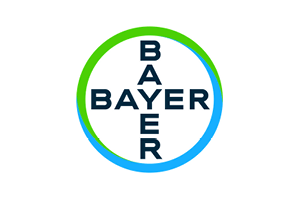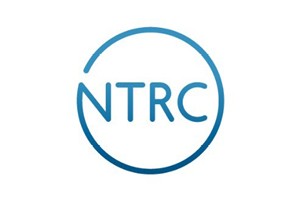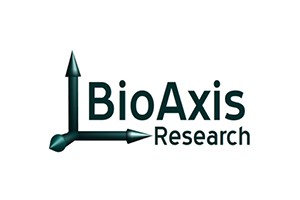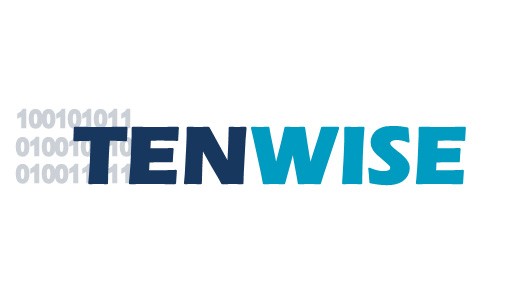In the pursuit of new medicines, the journey often involves conducting high-throughput screening of large compound libraries, where the sheer number of hit candidates can soar into the thousands. Selecting the right chemical starting points for further development towards drug candidates is an intricate process, balancing the notions of drug-likeness and chemical tractability. However, the scarcity of biological data for novel compounds can turn this process into a complex puzzle. This is where the compound profiler comes in. Giving you access to the hidden potential of your chemical data. Cheminformatics reporting is the art of unraveling the secrets hidden within the intricate world of chemical data, much like what bioinformatics does with biological information.
The Compound Profiler is an in silico tool that empowers decision-makers in drug discovery research teams to assess the literature for the reported biological and pharmacological profiles that are associated with the chemical space of novel hit series. It mines the biological information related to chemical structures that closely resemble the chemical structures of your novel compounds.
By tapping into widely available data, it not only streamlines the triaging and selection process but also adds immense value to the compound hit lists generated by research groups. The Compound Profiler isn’t just another software program; it’s the answer to crucial questions. Does your compound align with your company’s therapeutic area and disease indication? Which portion of the chemical space of your hit series is less desirable due to e.g., known off-target/-pathway activity? What intricate connections exist between your hits and genes, proteins, and biological pathways?
How does the compound profiler work?
The Compound Profiler initially uses a chemical database to create a reference chemical space that relates to the HTS hits based on chemical similarity. It then delves into the PubChem database to maximally annotate each compound within this chemical space. Finally, The Compound Profiler mines a carefully curated knowledge database (comprising > 200 million biological relationships) for keywords such as drugs, targets, and genes, that associate with the identified compound annotations. Finally delivering a dashboard-type report.
A glimpse into the compound profiler
Consider this table as an example—a glimpse into the wealth of novel compounds obtained from a large-scale screening campaign (TEN_VIV_# codes). These compounds are subjected to a cross-check with the CHEMBL database.

First, similarities are uncovered between the chemical structures and the most resembling chemical structures are paired with the novel compounds (CHEMBL#). Relevant known information such as binding assay info, ADME, physiochemical data, and toxicity data are retrieved from literature for the known structures and are automatically associated with the novel compounds. This wealth of information can be presented not only in tables but also in networks and heatmaps, offering users the ability to rank, and select their compounds of interest.
Why is this interesting?
The Compound Profiler is not just a report; it’s a toolbox that helps researchers to make informed decisions on large data sets that mostly consist of biologically unknown or less characterized compounds. Only days after the compound hit list becomes available, Pivot Park Screening Centre can craft this report as a service, ensuring that research teams are armed with the knowledge they need to make informed decisions in the ever-evolving world of drug discovery. It’s a revolutionary tool, designed to guide you through the path to discovery.

